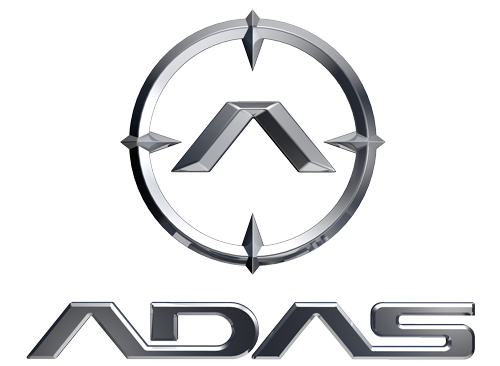You need to replace your windshield, but you’re hearing about “OEM” and “OEE”? Here’s what you need to know to make the right choice without getting caught out.
What is an OEM Windshield?
An OEM windshield (Original Equipment Manufacturer) is a glass manufactured by the same supplier used by the car manufacturer. It meets the same quality standards, composition, and fit as the original part. In other words, you get a windshield identical to the one installed at the factory, designed to fit perfectly in your vehicle.
This type of windshield is generally recommended when:
- Your car is new
- You want to maintain the manufacturer’s warranty
- You use ADAS technologies (Advanced Driver Assistance Systems)
The cost is generally higher, but it’s often the safest option to preserve your vehicle’s original performance.
And What’s an OEE Windshield?
An OEE windshield (Original Equipment Equivalent) is a part manufactured by a third party, according to compatible standards but without direct validation from the manufacturer. It’s often cheaper than OEM and can offer perfectly acceptable quality if the manufacturing is rigorous.
It’s preferable to choose an OEE when:
- You’re looking for an economical option
- You own an older or out-of-warranty vehicle
- The windshield doesn’t contain sophisticated sensors or ADAS
But be careful, not all OEEs are equal. Some may have different fitting tolerances, lower clarity or optical defects that can affect visibility.
Safety ADAS Compatibility: Pay Attention to Details
With ADAS systems (automatic braking, collision alert, lane camera), the windshield plays a crucial role. An inappropriate replacement or poorly calibrated windshield can deactivate or alter these systems.
That’s why:
- An OEM windshield is often required to ensure compatibility
- An ADAS calibration is essential after replacement, even with an OEE part
- Choosing the right glass is vital for your safety
Insurance: What Does your Policy Cover?
Some insurance policies require OEM parts, others accept OEE. Here are the points to check:
- Does your policy cover glass without a deductible?
- Can you demand an OEM part or must you accept an OEE?
- Does your insurer impose a specific supplier?
A professional like ADAS Auto Glass can help you validate these points and guide you towards the best option according to your policy.
Which is the Best Choice for You?
There’s no one-size-fits-all answer. Here are some recommendations:
- New / high-end / ADAS-equipped cars: prioritize an OEM windshield
- Older vehicles or daily use without sensors: a well-selected OEE may suffice
- Professional fleet: check compatibility with B2B contracts, ensure consistency of interventions
In Summary
- The OEM windshield is identical to the original, but more expensive
- OEE is more economical but can vary in quality
- For vehicles equipped with ADAS, the choice of glass impacts safety
- Always check your insurance policy before choosing
Need a replacement or a quote? Call on an expert center like ADAS Auto Glass in Montreal, serving the entire island and Laval, for reliable, fast service that meets manufacturer standards.
FAQ
What’s the price difference between OEM and OEE?
An OEM windshield can cost between 20 and 60% more than an OEE. The price varies depending on the vehicle, ADAS sensors, and technical specifications.
Can OEE be recalibrated for ADAS?
Yes, but you need to ensure that the chosen model allows for precise calibration. Otherwise, the proper functioning of driver assistance systems may be compromised.
How do I know which windshield I have?
Ask your mechanic or check the manufacturing code on the original glass. A professional can also scan the vehicle to identify the exact reference.
